Sinister Cannibals or Nurturing Fathers?
In majority of sexually reproducing species females are the choosy ones. Generally, females invest more in offspring during pregnancy and post-natal care. Males try many tricks (fighting with other males, making elaborate dances, providing nuptial gifts, carrying showy and difficult to maintain body ornaments etc.) to prevent being filtered out in female preferences. Parental investment is a determinant in choosiness. In this post we will take a look at a spectrum of male behavior in parental care. Pipefishes and mudskippers […]

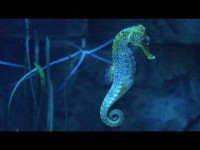
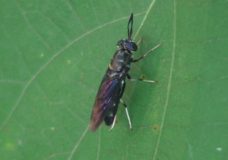
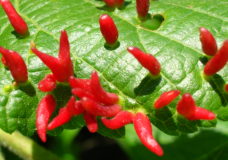
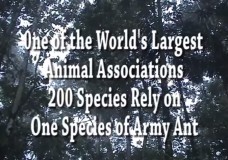
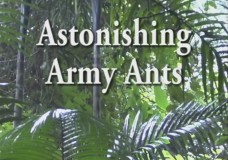
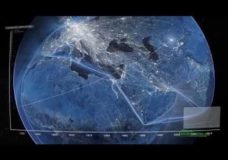
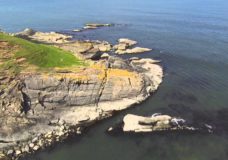
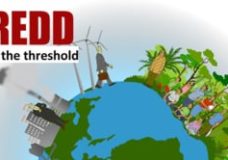
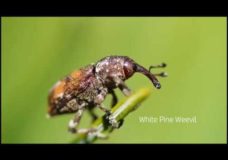
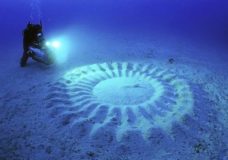


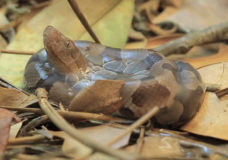



Recent Comments